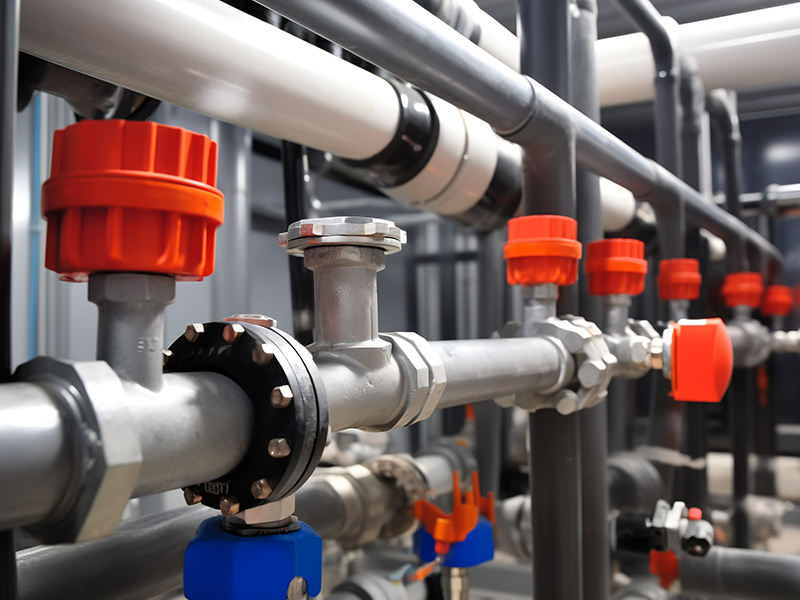Unlocking the Secrets of Valves: Crucial Tips and Considerations
Release Time:
Aug 07,2025
Discover essential tips and considerations for maintaining valves in various applications.
Introduction: The Unsung Heroes of Machinery
Hey there, fellow mechanics and DIY enthusiasts! Have you ever stopped to think about the pivotal role that valves play in our everyday machinery? Whether you're dealing with plumbing, automotive systems, or industrial setups, valves are often the unsung heroes that keep everything running smoothly. So, let's dive into some key considerations and tips that will help you understand and maintain these vital components.
What is a Valve?
To put it simply, a valve is a device that regulates, directs, or controls the flow of fluids (liquids or gases) within a system. They're like traffic lights for your pipes! When they function properly, they ensure everything flows as it should, but when they malfunction, oh boy, can things get messy!
Types of Valves: A Quick Overview
Now, there's a smorgasbord of valves out there, each with its unique job. From gate valves that open and close like a drawbridge to check valves that prevent backflow, understanding the types can help you choose the right one for your needs. Here's a quick rundown:
- Gate Valve: Best for on/off control.
- Ball Valve: Offers quick shutoff and low flow resistance.
- Butterfly Valve: Great for throttling flow.
- Check Valve: Prevents reverse flow.
- Relief Valve: Protects systems from overpressure.
Key Considerations When Working with Valves
Alright, let's get down to brass tacks. Here are some crucial tips to keep in mind when dealing with valves:
1. Know Your Application
Before you even think about selecting a valve, ask yourself: what's the application? Different situations require different types of valves. For instance, if you're dealing with high-pressure systems, you'll want a valve that can withstand those conditions.
2. Material Matters
Materials matter, folks! Whether it's brass, stainless steel, or plastic, the material of your valve should match the fluid type and environmental conditions. For example, corrosive fluids demand corrosion-resistant materials.
3. Installation is Key
When it comes to installation, don't just wing it! Ensure that valves are installed in the correct orientation and that all seals are secure. A little attention to detail can save you a boatload of trouble down the line.
4. Regular Maintenance
Just like a car, valves need regular check-ups. Inspect them for leaks, corrosion, and wear and tear. Keeping an eye on these factors can extend the lifespan of your valves significantly.
5. Know When to Replace
Don't wait until a valve fails completely to consider a replacement. If you notice frequent issues or significant wear, it might be time to swap it out before it creates a bigger headache.
Common Mistakes to Avoid
We all make mistakes, but when it comes to valves, some can be downright costly. Here are a few blunders to steer clear of:
- Ignoring pressure ratings: Always adhere to the manufacturer's specifications.
- Neglecting to test: Regular flow tests can catch issues early.
- Over-tightening: Too much pressure can damage the valve seat.
Conclusion: The Valve's Vital Role
So there you have it! Valves might be small in size, but their role is absolutely massive in ensuring the smooth operation of systems. By keeping these tips and considerations in mind, you can maintain robust and reliable valve performance. Happy plumbing, and may your flows be ever smooth!





